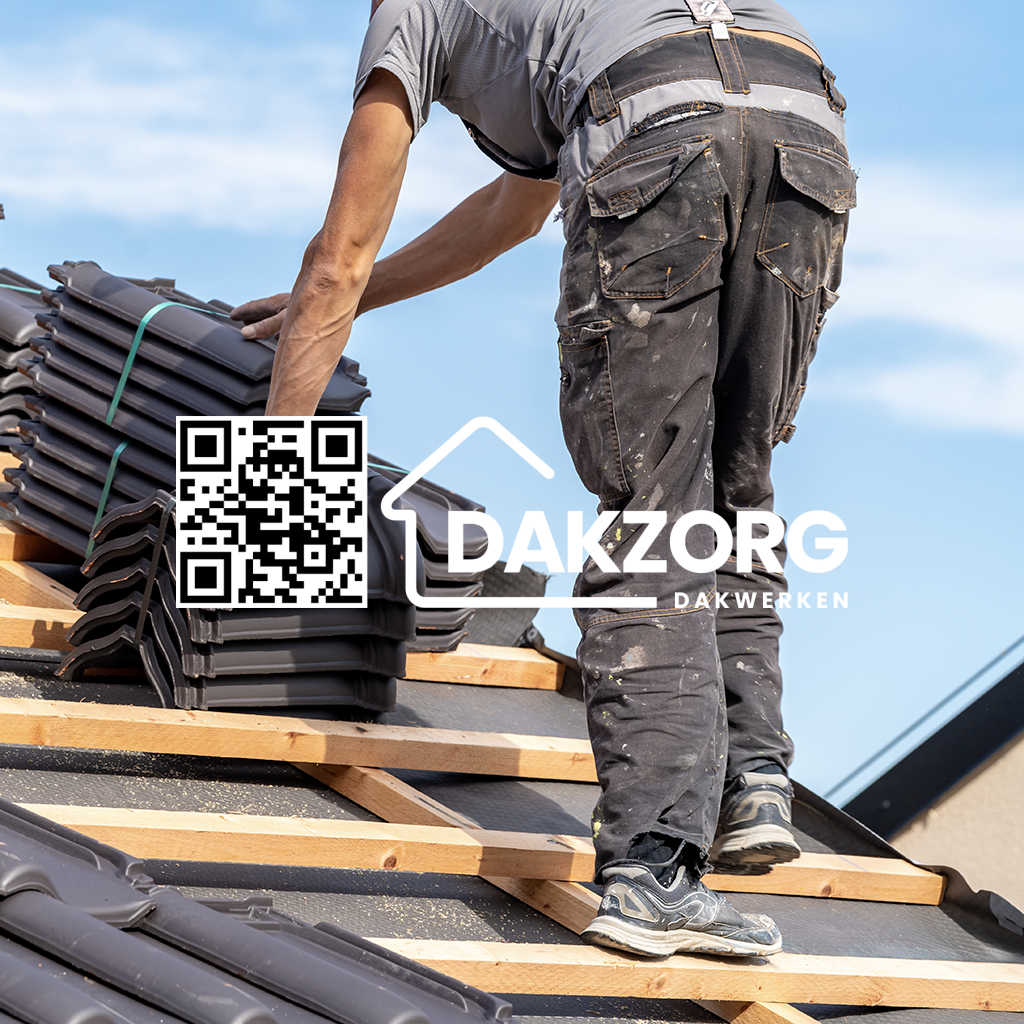Introduction
The Netherlands is renowned for its picturesque landscapes, charming canals, and a rich tapestry of history. Yet, one of the most striking aspects of Dutch culture is undoubtedly its architectural heritage. From the iconic gabled houses of Amsterdam to the majestic castles scattered throughout the countryside, historical buildings tell stories that resonate through time. However, preserving these structures, particularly their roofs, poses significant challenges. This article explores Innovative Roofing Solutions for Historical Buildings in the Netherlands, shedding light on techniques, materials, and technologies that marry tradition with modernity.
The Importance of Preserving Historical Structures
Historical buildings are not merely relics of the past; they form an integral part of a community's identity. They attract tourists and provide a sense of continuity amidst rapid change. But how do we ensure their longevity? The answer lies in innovative roofing solutions.
Why Focus on Roofing?
Roofing is more than just a protective covering; it plays a crucial role in defining a building's character. In many cases, roofs are the most visible component of historical architecture. Therefore, maintaining their integrity is vital for preservation efforts.
Innovative Roofing Solutions for Historical Buildings in the Netherlands
When it comes to preserving historical buildings in the Netherlands, innovation doesn't mean abandoning traditional methods. Instead, it's about finding ways to enhance them while respecting historical integrity.
Modern Materials: A Blend of Tradition and Innovation
Synthetic Slate Tiles
Synthetic slate tiles mimic the appearance of natural slate but are lighter and more durable. These materials can withstand harsh weather conditions without compromising aesthetic value.
Green Roofs
Green roofs offer an eco-friendly solution by adding vegetation to rooftops. This not only enhances biodiversity but also provides insulation—an attractive dual benefit for historical buildings.
Advanced Technologies: Revolutionizing Restoration Efforts
Drones for Inspection
Drones equipped with high-resolution cameras can survey rooftops quickly and safely. This technology allows professionals to assess damage without risking personal safety or damaging delicate structures.
3D Printing for Replacement Parts
When original materials are no longer available, 3D printing can create accurate replicas of damaged components, ensuring that restorations remain true to the building’s original design.
Case Studies: Successful Implementations
The Rijksmuseum: A Testament to Innovation
One notable example is the Rijksmuseum in Amsterdam, which underwent extensive roof restoration using advanced waterproofing systems that respect both its historical significance and structural integrity.
The Dom Tower: Engineering Marvel
The Dom Tower in Utrecht utilized state-of-the-art materials that blend seamlessly with its gothic architecture during its recent renovation project.
Challenges in Preserving Historical Roofs
Despite advancements, several challenges persist when dealing with roofing solutions for historical buildings.
Weathering Effects Over Time
Many roofs have faced centuries of exposure to harsh weather conditions—rain, wind, snow—which can cause wear and tear requiring innovative solutions tailored specifically for each unique situation.
Regulatory Hurdles
Preservation regulations can complicate restoration projects since any modifications must comply with strict guidelines aimed at maintaining historical accuracy.
Conclusion: A Harmonious Future
As we look towards future innovations in roofing solutions for historical buildings in the Netherlands, we Nassaustad dakzorg find ourselves at a crossroads where tradition meets creativity. By embracing modern materials and technologies while respecting our architectural heritage, we can ensure these structures remain vibrant parts of our cultural landscape for generations to come.
FAQs
1. What types of roofs are common in Dutch historic architecture?
Dutch historic architecture features various roof types including gabled roofs and thatched roofs which contribute significantly to their aesthetic appeal.

2. Why is maintaining historical roofs important?
Maintaining historical roofs preserves cultural heritage while ensuring structural integrity against environmental factors such as rain and wind.
3. How does technology aid roof restoration?
Technologies like drones allow safe inspections while 3D printing enables precise replication of damaged roof elements ensuring authenticity during restorations.

4. Are green roofs suitable for all historic buildings?
Not all historic buildings may be suitable due to weight considerations; however when structurally viable they offer excellent insulation benefits along with ecological advantages.
5. What role do synthetic materials play in roofing?
Synthetic materials provide durability and weather resistance while mimicking traditional aesthetics which makes them ideal roofing contractor for use on historical buildings without compromising design integrity.
6. How can communities support preservation efforts?
Communities can support preservation efforts by advocating for funding initiatives focused on restoration projects as well as engaging local stakeholders involved in planning processes associated with historic sites.
In conclusion, Innovative Roofing Solutions for Historical Buildings in the Netherlands not only safeguard our architectural legacy but also reflect our commitment to sustainability and progress—a harmonious balance between honoring the past while embracing future possibilities!